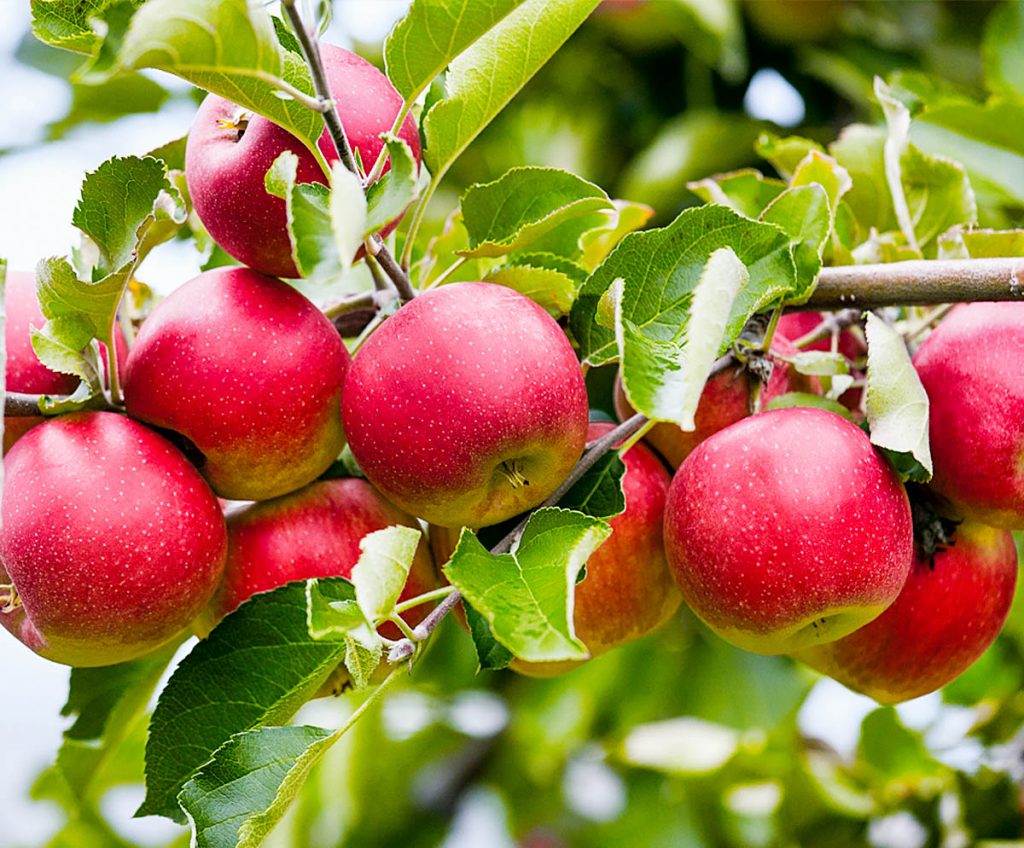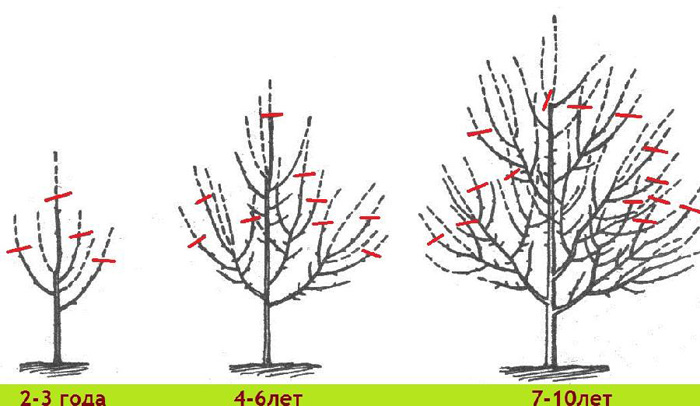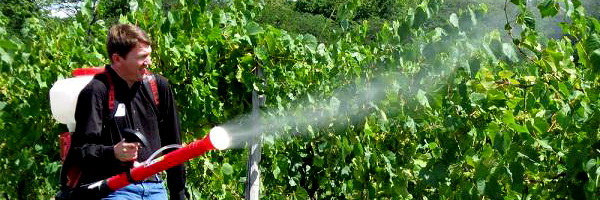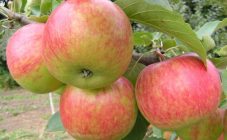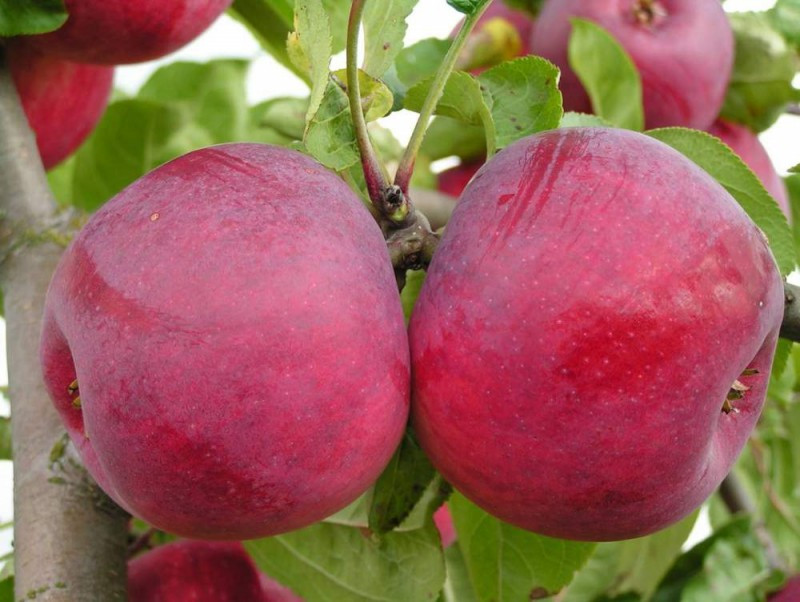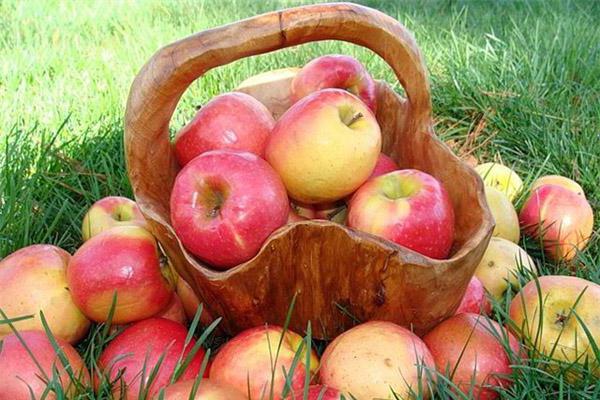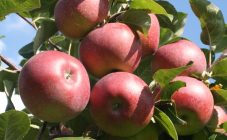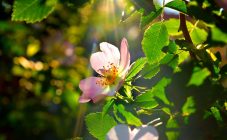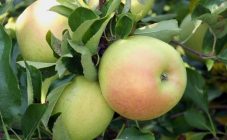Content:
Glory to the winners - an apple variety that ripens over time, depending on the region. The further north the area, the later the apples ripen. It was bred in Ukraine at the Mliyevskaya orchard experimental station by L.P. Simirenko (the second name is the L.P.Simirenko Institute of Pomology) in 1928, by the method of hybridization of columnar apple trees: Papirovka and Macintosh. The people called this apple tree Victory.
Apple tree characteristics
Apple tree Glory to the winners - a vigorous tree with a powerful spreading crown, which takes an oval shape with age. Produces juicy, rounded yellowish-green apples with a slight red blush.
Glory to the winners apple tree description:
- It has a light green pyramidal crown with straight main branches, which, when leaving the trunk, create an acute angle of 45 degrees. The branches diverge on the sides and from the middle begin to be covered with ringlets and fruit twigs;
- Differs in the rapid formation of shoots;
- In the southern regions, fruiting begins at the 2nd year of growth, at 4-5 years - in the northern;
- The crop type is mixed. The yield is high;
- The average weight of an apple is 120-180 gr.;
- One apple tree leaves 10-18 kg of fruits at 7-8 years of growth. In the 15th year, the harvest reaches 50-60 kg;
- Has high winter hardiness, but low drought resistance;
- Medium resistant susceptibility to diseases: scab and powdery mildew;
- This hybrid cannot self-pollinate.
The apple tree blooms with delicate pink flowers, has red buds.
Shoots from the trunk immediately grow red-brown in color, as the branch grows and matures, its color becomes light brown.
The apple has an excellent presentation: smooth shiny peel, slight ribbing. The pulp is light, juicy, sweet and sour.
The ripening period of the tree depends on the region and its climatic conditions. In early August, the ripening period begins in the southern regions of the country and ends at the end of September.
Agricultural technology of cultivation
Planting a young seedling should be carried out in the fall or spring. The soil is prepared in advance. A hole is dug 70 cm wide, 1 m deep. The seedling is lowered into it so that the root collar is not deeply buried. Straighten the roots with your hands, holding the trunk vertically, sprinkle the earth. Seal it with patting movements and pour over with 1 bucket of water. Tie the seedling to the peg.
As it grows, the crown of the tree requires maintenance and pruning. Branches are trimmed as they grow. Strong branching should not be allowed, the crown must be thinned out.
Non-fruiting shoots, densely growing, broken and old branches are cut out.
Like any fruit tree, this apple tree requires feeding. Fertilizers need to be applied in April. Only root feeding with nitrogen-containing mixtures (urea, humus, ammonium nitrate) is carried out.
The next fertilization is carried out at the time of flowering. For such feeding, substances are used that activate the vegetation (superphosphate, potassium sulfate, chicken droppings, urea).
Potash and phosphate fertilizers are applied in summer in July. The same feeding is carried out before winter.
Since the apple tree is resistant to disease, it will be necessary to carry out health spraying.
Diseases dangerous for the apple tree Glory to the winners:
- Powdery mildew. White bloom on the foliage, after which it dries up and the tree does not bear fruit;
- Scab. Affects apples;
- Fruit rot. It affects the fruits. They become stained and start to rot;
- Cytosporosis. Affects the bark of a tree, after which it can fall off the trunk and lead to its rotting.
To eliminate these apple ailments, drugs will be required:
- Chloride of copper (from powdery mildew);
- Topaz;
- Hom (for cytosporosis);
- Strobe.
Also, the tree can be threatened by such insect pests as apple aphid, leaf flies, ticks. You can remove them with a 0.3% solution of karbofos. The foliage of the aphid and the leafworm are affected; they can be removed with a solution of chlorophos (0.8%).
Permissible crown processing will protect the tree, improve fruiting, the main thing is to observe
This apple variety is grafted onto dwarf, semi-dwarf, medium-sized rootstocks. Rootstocks are selected, depending on the growth zone of the apple tree, the possibility of irrigation, the variety of neighboring plantings.
In addition to pome rootstocks, which have good frost and drought resistance, clonal (vegetative) stocks M9 and MM106 are used. They have excellent compatibility with any grafted variety. A grafted tree begins to bear fruit earlier than a tree with a pome rootstock.
For the subsequent reproduction of this tree, cuttings must be prepared before the start of sap flow, in late February-early March.
Advantages and disadvantages
The advantages of this hybrid are that it has excellent taste, good commercial characteristics, which is why it is valuable among gardeners:
- Attractive appearance;
- Good keeping quality and safety during transportation;
- Produces a good harvest;
- High winter hardiness.
Compared to other varieties, such as the Melba apple tree, this hybrid is more resistant to cold, but less resistant to drought. But both varieties are subject to the same diseases and do not differ in care.
The main disadvantage of the apple tree is that it has a low drought tolerance, which leads to crumbling and shedding of the fruit. But with the possibility of daily root watering, drought resistance is not so dangerous.
This variety is well suited for raw consumption, for making apple juices, jam and compotes. Valued in trading markets. Received great reviews from farmers in Russia, Ukraine and Belarus.
